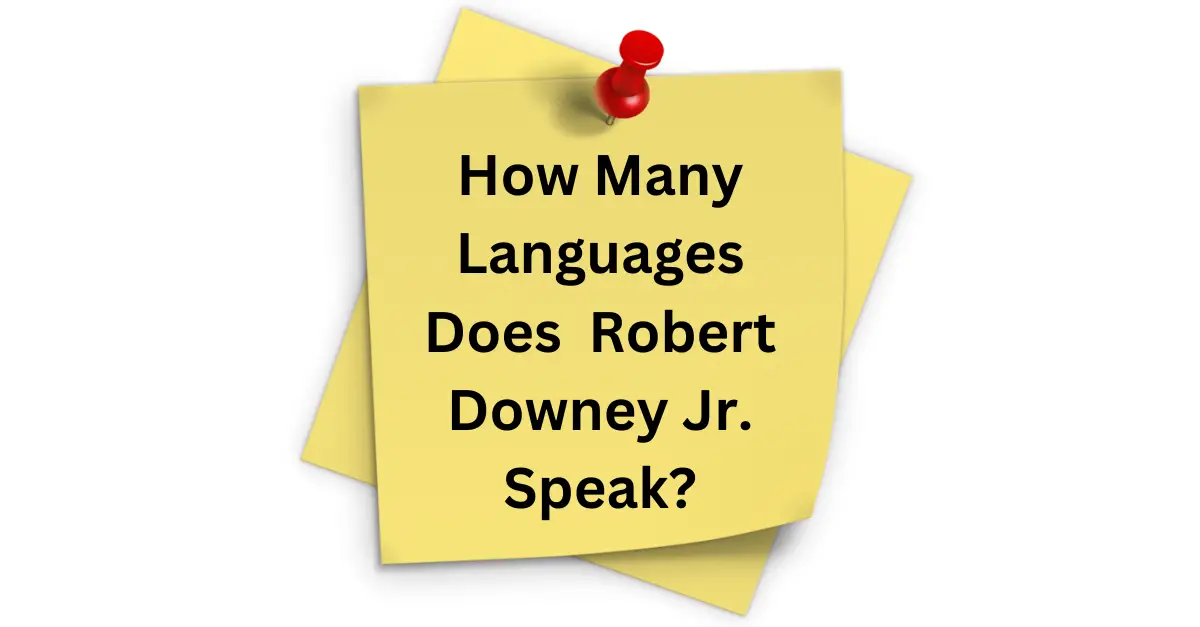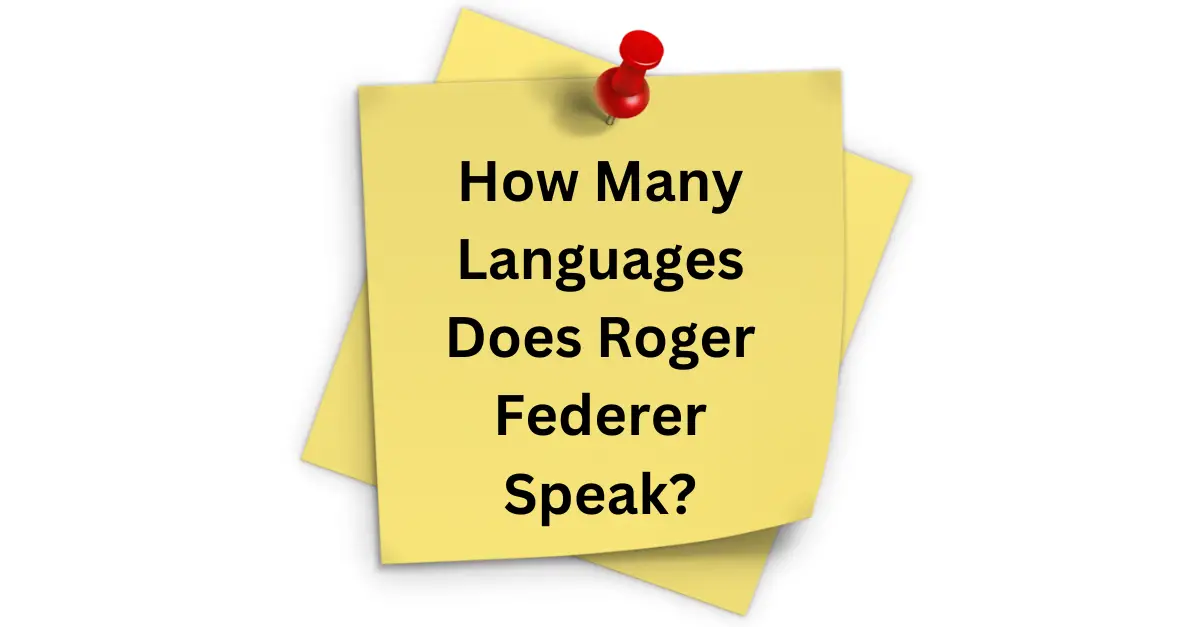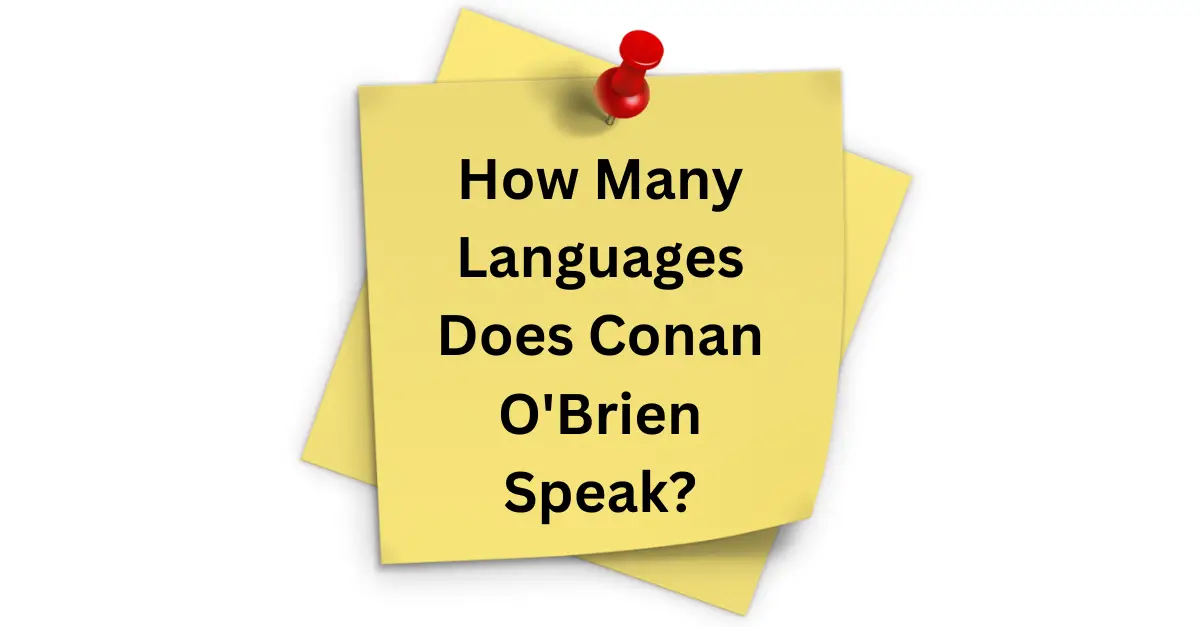Have you ever wanted to learn the months in Hawaiian? Well, you’re in luck! In this article, we will explore the twelve months of the year and their translations in the beautiful Hawaiian language. Whether you’re a beginner or an intermediate learner, this piece will provide you with the practical insights you need to expand your knowledge of Hawaiian and deepen your understanding of its cultural elements. So let’s dive in and discover the enchanting world of the months in Hawaiian!
Months In Hawaiian
Introduction
Learning about different cultures and languages can be both fascinating and enriching. In this article, we will explore the months in the Hawaiian language, offering an insight into the traditional names for the months, their significance, and common phrases associated with each month. Dive into the vibrant world of Hawaiian culture and discover the unique way Hawaiians perceive time!
See Also: Happy Birthday In Hawaiian
Overview of the Hawaiian calendar
Before we delve into the months themselves, let’s gain an understanding of the Hawaiian calendar. The Hawaiian lunar calendar, known as the “ka lāhui Hawai’i,” is intricately tied to both the lunar phases and the observations of the natural world. It follows a lunar cycle and base its system on the movement of the moon.
Traditional Hawaiian names for the months
In the traditional Hawaiian calendar, there were twelve months, each with its own unique name. Let’s take a look at the names of the months in Hawaiian:
| Hawaiian Month | English Month |
|---|---|
| Ku kahi | January |
| Ku lua | February |
| Ku kolu | March |
| Ku kanalima | April |
| Ku kanaloa | May |
| Ku wahine | June |
| Ku kaloa | July |
| Ku kupau | August |
| Ku ikahi | September |
| Ku ilua | October |
| Ku iki | November |
| Ku ikalua | December |
Each name carries significance, reflecting an aspect of the Hawaiian culture, nature, and traditions.
Months in the Western calendar
While the traditional Hawaiian calendar is fascinating, it is useful to understand how it aligns with the Western calendar commonly used worldwide. The Western calendar, also known as the Gregorian calendar, consists of twelve months as well.
- January
- February
- March
- April
- May
- June
- July
- August
- September
- October
- November
- December
Though the names differ between the Hawaiian and Western calendars, both are based on the lunar cycles, albeit with slightly different cultural and historical influences.
Differences between the Hawaiian and Western calendars
While both the Hawaiian and Western calendars follow the lunar phases, there are some notable differences between them. One of the significant disparities lies in the way months are named. The Hawaiian calendar names connect deeply with Hawaiian culture, incorporating traditional beliefs and natural occurrences, while the Western calendar’s names hold historical and cultural influences from ancient Rome.
Another distinction is the alignment with specific lunar phases. The Hawaiian calendar meticulously observes the phases of the moon to determine the start of each month, whereas the Western calendar relies on a standardized system of days and months.
Significance of the Hawaiian months
The Hawaiian months hold great significance within the cultural context. Each month reflects various aspects of Hawaiian life, such as the changing seasons, agricultural practices, and celestial events. By understanding the meaning behind each month’s name, one can gain a deeper appreciation for the interconnectedness of nature and culture in Hawaiian society.
Traditional celebrations and observances
Throughout the year, Hawaiians celebrate and observe various events and traditions that are associated with specific months. For example, during the month of Ku wahine (June), the festival of Makahiki is celebrated, marking the harvest season and a time of peace and festivities. Understanding the significance of these celebrations can provide a deeper understanding of Hawaiian culture and its connection to the natural world.
Seasons and weather during each month
Just as the seasons change in many parts of the world, the Hawaiian months also experience different weather patterns throughout the year. The tropical climate of Hawaii brings a mix of sunshine and rain, creating lush landscapes and vibrant ecosystems. For example, the month of Ku kanalima (April) is known for its blooming flowers and refreshing showers, while Ku kupau (August) carries the warmth of summer.
Pronunciation guide for the months
To truly appreciate the Hawaiian language, it is essential to learn the correct pronunciation for the months. Below is a pronunciation guide to help with mastering the names:
- Ku kahi: koo kah-hee
- Ku lua: koo loo-ah
- Ku kolu: koo koh-loo
- Ku kanalima: koo kah-nah-lee-mah
- Ku kanaloa: koo kah-nah-loh-ah
- Ku wahine: koo wah-hee-neh
- Ku kaloa: koo kah-loh-ah
- Ku kupau: koo koo-pow
- Ku ikahi: koo ee-kah-hee
- Ku ilua: koo ee-loo-ah
- Ku iki: koo ee-kee
- Ku ikalua: koo ee-kah-loo-ah
Remember, practice makes perfect, so take your time and enjoy the beauty of the Hawaiian language!
Common phrases associated with the months
Language is not just about words; it is also about practical communication. Here are some common phrases associated with the months in Hawaiian:
- Ku kahi: Hau’oli Makahiki Hou! (Happy New Year!)
- Ku lua: E pili mau na pomaika’i me ‘oe (May blessings be with you)
- Ku kolu: Hiki mai ke hoʻolauna mai iā ʻoe (Nice to meet you)
- Ku kanalima: E komo mai i ka hale noho (Welcome to the house)
- Ku kanaloa: E ‘ai ana i nā mea ono o Hawaii (Eating delicious things in Hawaii)
- Ku wahine: Ke aloha o ia lā (Lots of love on that day)
- Ku kaloa: E noho lokomaika’i (Sit comfortably)
- Ku kupau: E holo! (Run!)
- Ku ikahi: Maikaʻi paha (Maybe good)
- Ku ilua: E huli ana i kō lā mea maika’i (Looking for your good day)
- Ku iki: E hele me o hoe (Go with your paddle)
- Ku ikalua: E malama i ka noeha (Take care of the pain)
These phrases can help you connect with the Hawaiian language on a practical level and enhance your cultural experiences in Hawaii.
Conclusion
As you explore the vibrant world of the Hawaiian language, you will discover its deep-rooted connection to nature, culture, and traditions. Delving into the months in Hawaiian offers a glimpse into the rich tapestry of Hawaiian life and the way in which Hawaiians perceive time. Embrace the beauty of the Hawaiian language and let it enrich your language learning journey!




